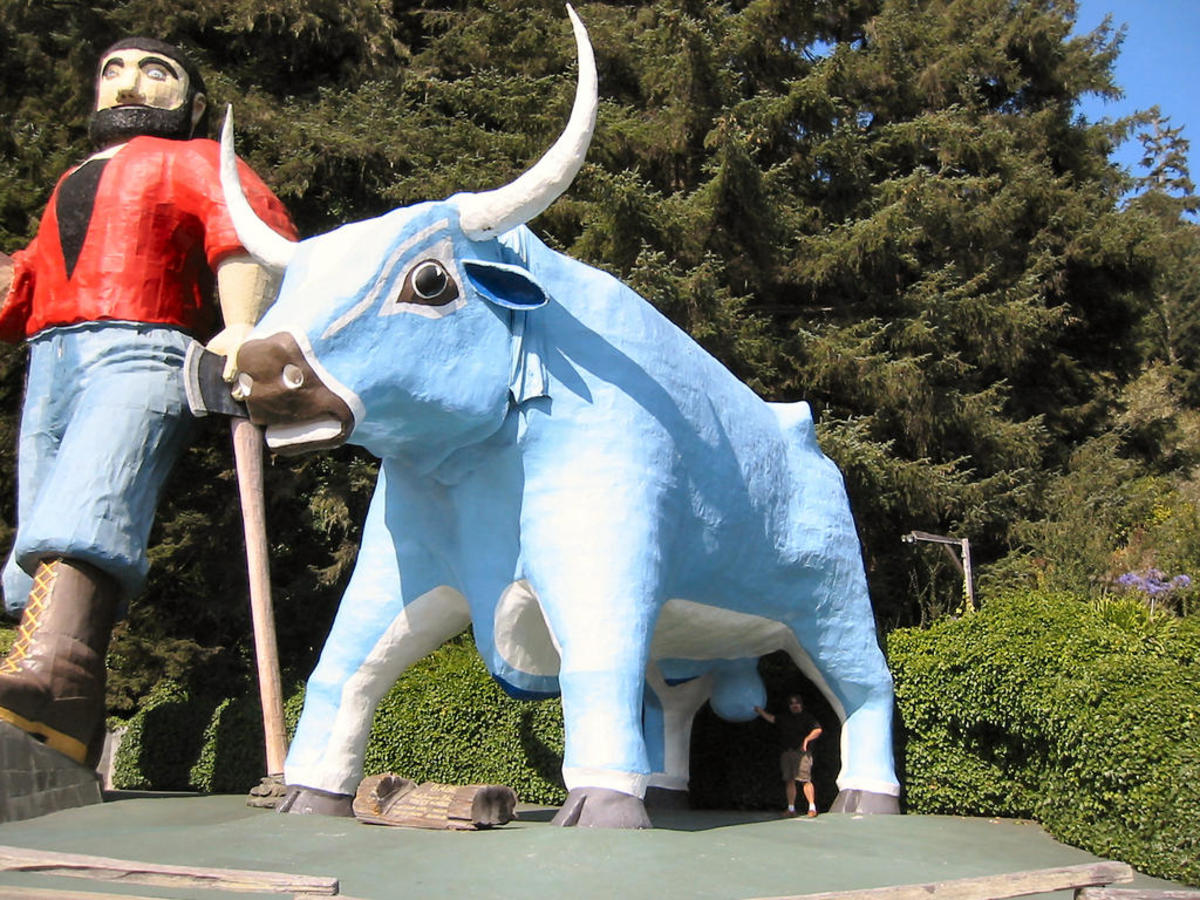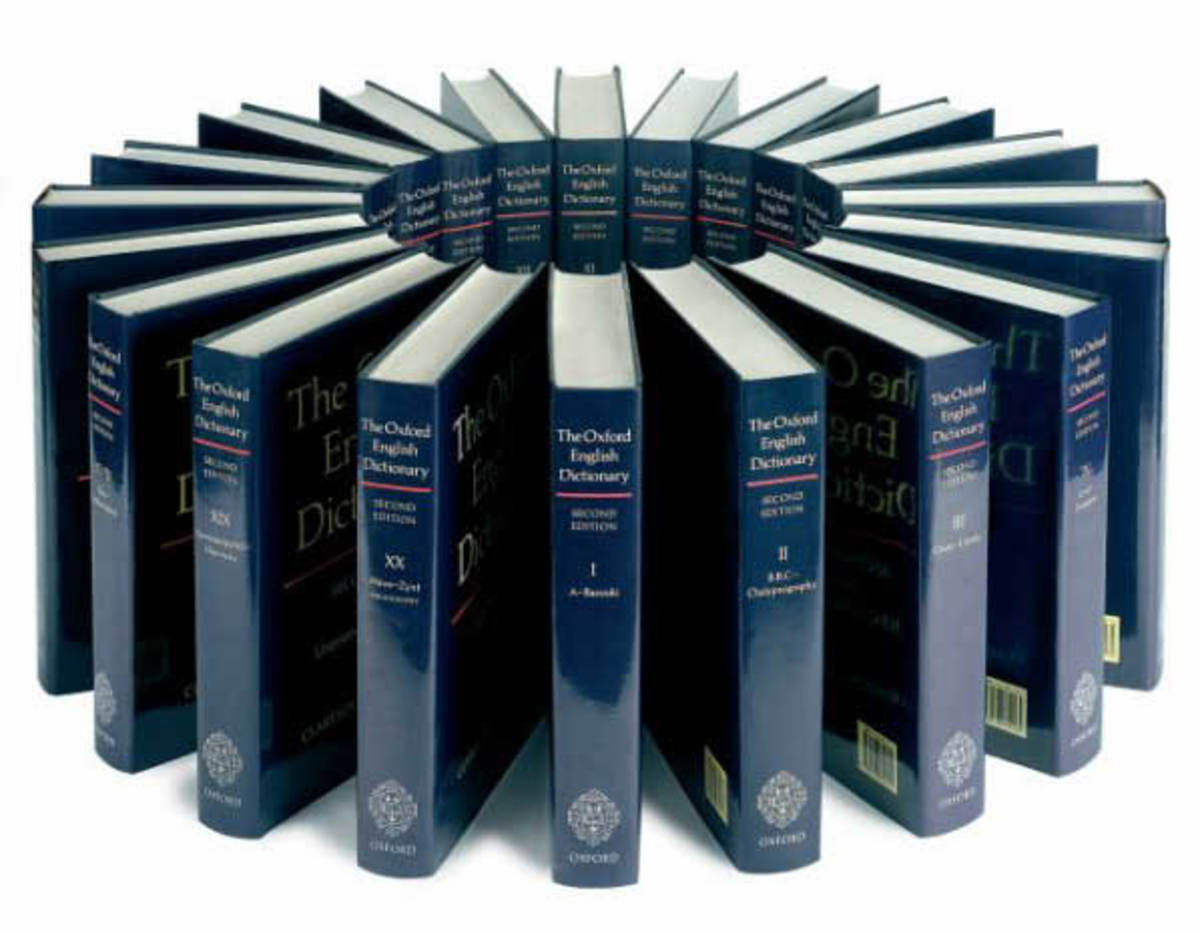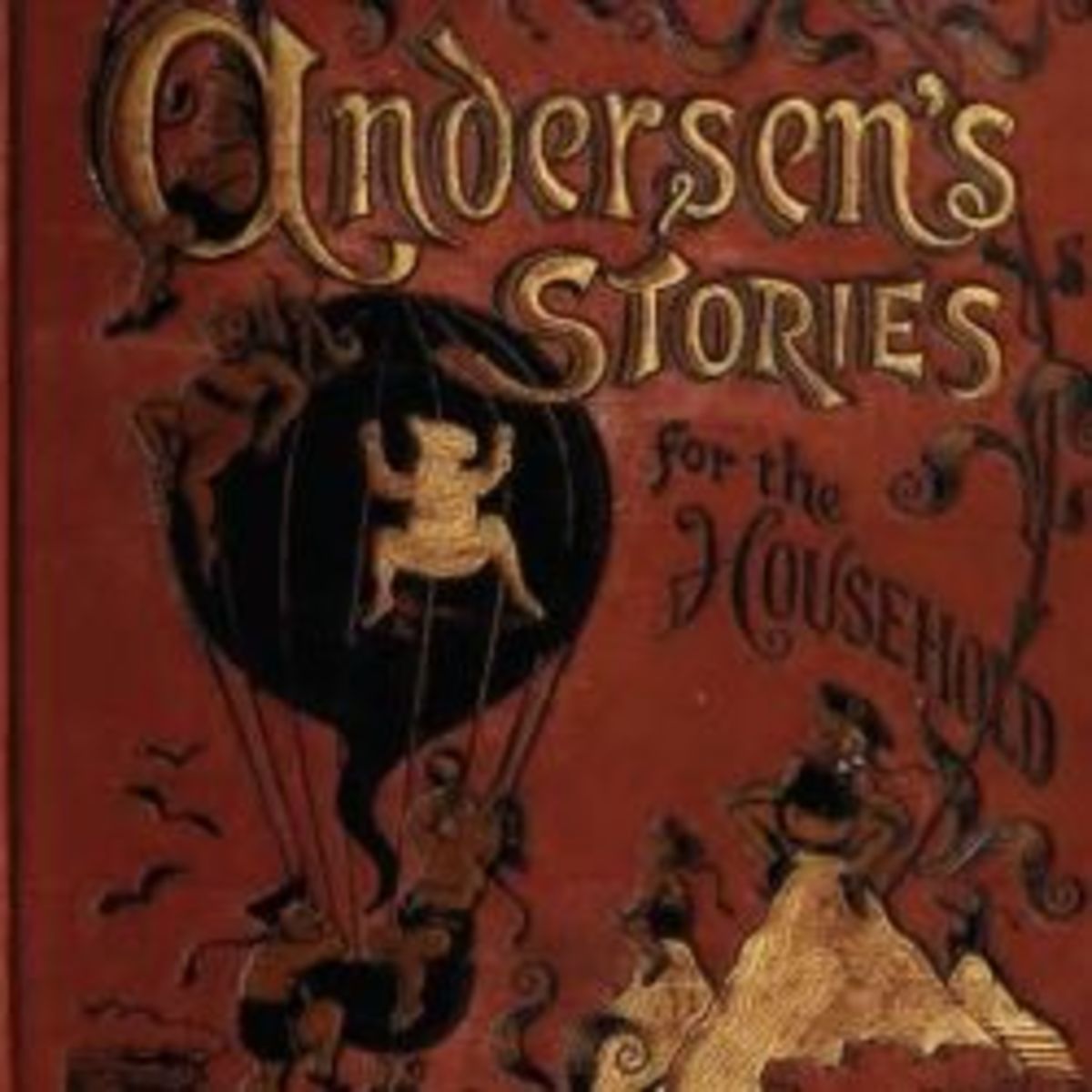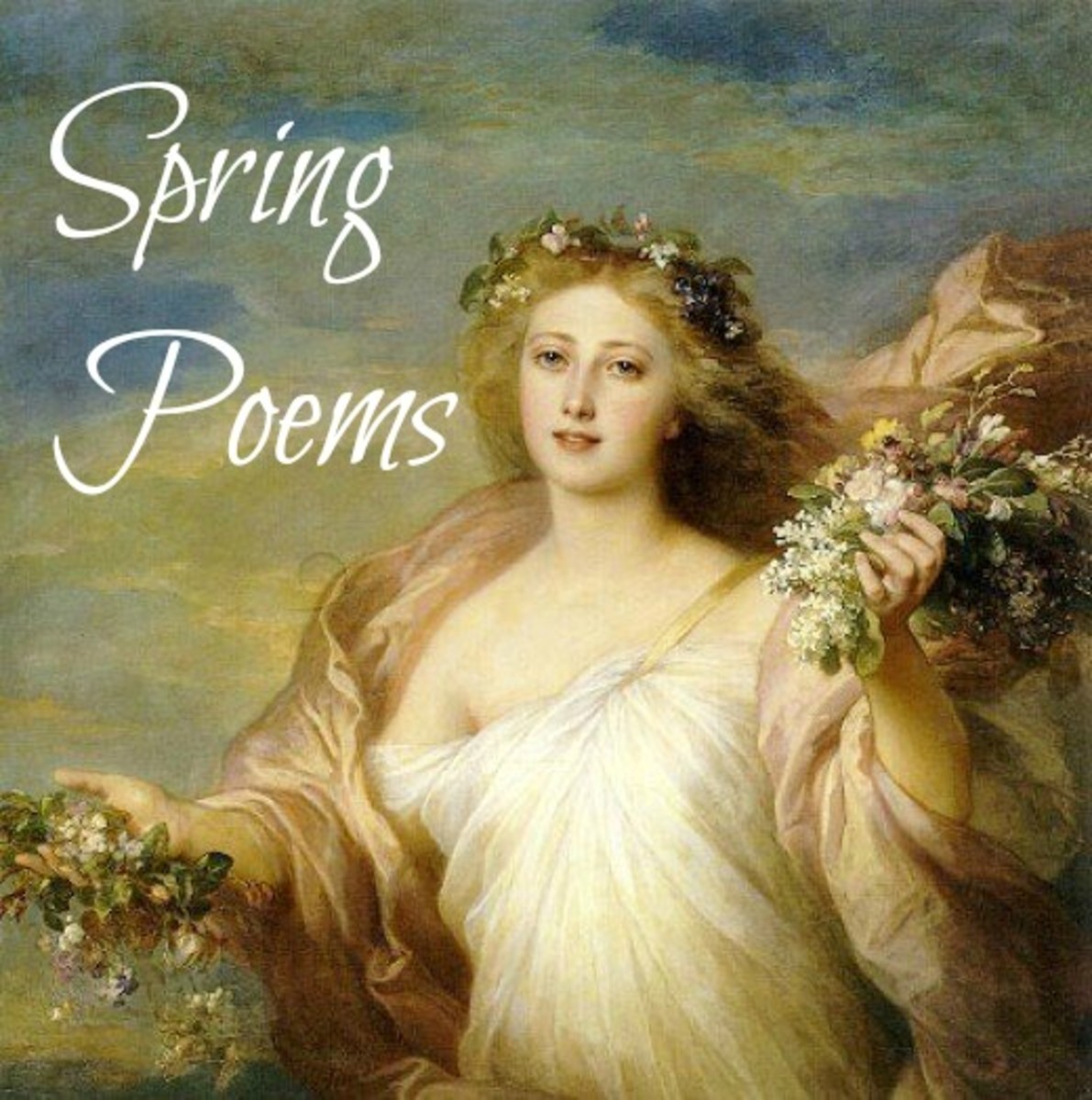Writer John Bunyan
John Bunyan
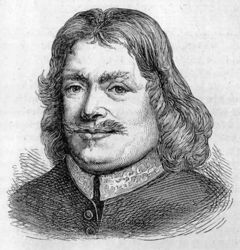
John Bunyan
John Bunyan's finest work, 'The Pilgrims Progress,' was the culmination of a career that saw him as a tinker and a brazier, scratching a living repairing pots and pans and making things of iron. He did not have a formal education, but he had a very inquiring mind and would not let a problem rest until he had solved it. There was a fierce energy about him which he injected into everything he did. Using this energy coupled with his enthusiasm for everything he tried, soon had him in a position of prominence among his fellows.
John was born in the village of Elstow in Bedfordshire in 1628. When his father remarried after John's mother's death, his stepmother treated him harshly and eventually, to escape her, he joined the army. He served from 1644 to 1647, and when he was released he returned to Elstow. There he met his first wife, Mary who had been brought up as a devout Christian. They had four children together. He became a church deacon and started preaching, although this was strictly against the law as he had no licence to preach. However he ignored that small problem and threw himself into preaching with enormous gusto. Sadly his wife died in 1656 leaving John to raise the children alone, and he continued preaching. He moved his family to Bedford to start anew and in 1658 he was arrested for preaching illegally. He took a warning and was released. He met his second wife, Elizabeth and they married in 1659. They had two children together. Shortly after their marriage, John was arrested again and before his sentence was handed down he was told to stop preaching illegally and he could go free. He replied that if he was released today, he would be preaching again tomorrow. That was enough to send him to Bedford jail for a sentence of twelve years. Elizabeth petitioned for his release on many occasions but the law was adamant, he would serve his sentence, but if he would promise to stop preaching illegally, he could go free. He refused. He was allowed out for a few weeks in 1666, but finally in 1672 he was freed. While in prison he had written the first part of The Pilgrim's Progress and it was published in 1678.
John then became pastor of the Bedford Baptist church. In 1672 King Charles 2nd published a document entitled, 'The Royal Declaration of Indulgence,' which was his attempt to embrace all religions, by doing away with the penal laws that punished people like John Bunyan.
John was finally legal! He was given a licence.
Then Parliament decided that the King couldn't do that. They said he favoured Roman Catholicism and they made him withdraw the Declaration of Indulgence, and issue a Declaration of religious Freedom. This Act required anyone entering public service to take the Anglican sacrament of the Church of England.
John was illegal again, and in March 1675, following the King's withdrawal of the Declaration of Religious Indulgence, John was again imprisoned for preaching. The King later asked for a list of names to pardon, and the Society of Quakers listed Bunyan's name along with their own members names. Within six months, John was free and, as a result of his popularity, was never arrested again. John became very popular in Bedfordshire and also in several of the surrounding counties: Hertfordshire, Cambridgeshire, Huntingdonshire and Northamptonshire. His congregations at the independent church in Bedford grew in numbers and many village chapels around Bedford were under Bunyan’s influence. As well as preaching in these counties, he would even speak to large crowds and congregations as far away as London and, as his fame and popularity spread, he became affectionately known as ' Bishop Bunyan.'
The second part of The Pilgrim's progress was published in 1684.
In 1688, John served as chaplain to the Lord Mayor of London, Sir John Shorter.
Even until the end of his life he was happy to help people, and ironically when journeying to London to help out a friend who was in trouble, he caught a cold which developed into fever. John died on 31st of August at his friends house. He is buried in Bunhill Fields in London. Such was his popularity that many people expressed a desire to be buried close to him.
In all John Bunyan wrote over 60 books. ' The Holy War ' is ranked next to 'The Pilgrim's Progress' in popularity and a passage from Part Two of The Pilgrim's Progress beginning 'Who would true Valour see, ' has been used in the hymn, 'To Be a Pilgrim.'
In 1874, a bronze statue of John Bunyan was erected in Bedford.

